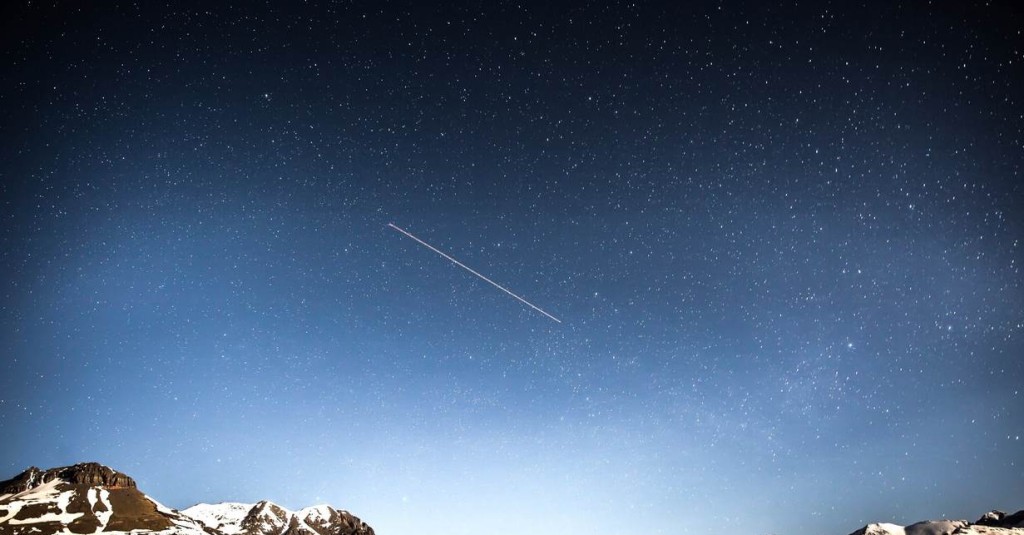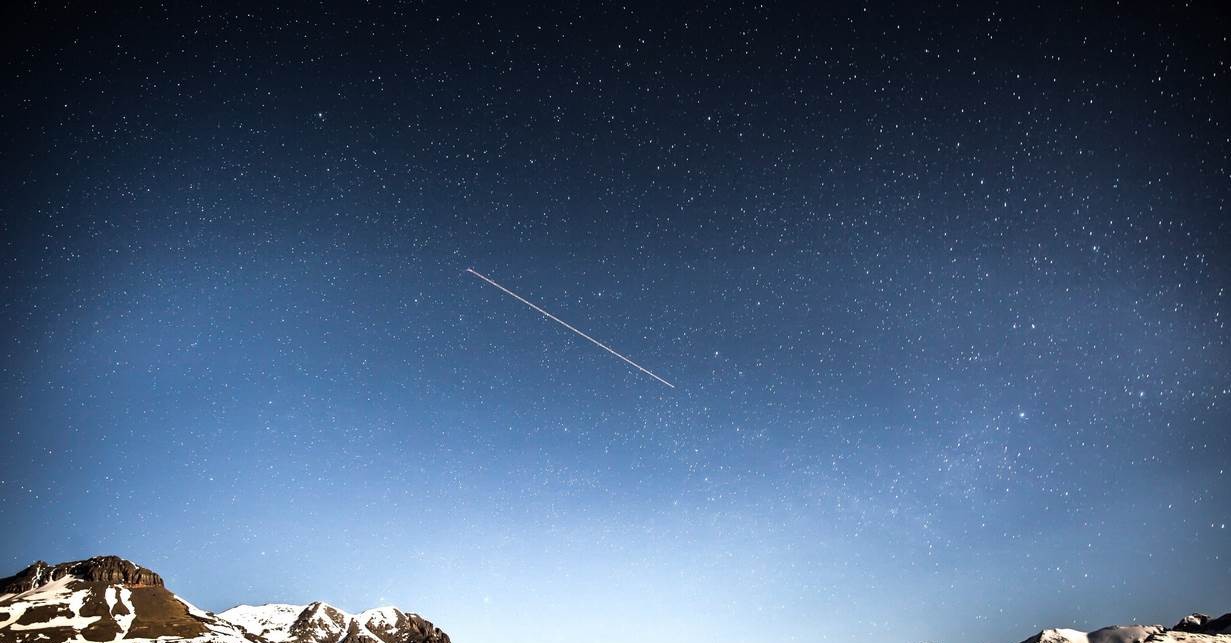
Just before noon on April 8th, a fireball streaked across the sunlit sky and burned up near Calais, Maine.
The rare event triggered a flurry of local news coverage, including that the Maine Mineral and Gem Museum in Bethel is offering a $25,000 reward for the recovery of any pieces 1 kilogram (2.2 pounds) or larger.
It’s unlikely a kilo could be recovered; meteorites are rarely so large. Smaller pieces, however, will also be paid for.
The museum hosts the largest pieces of Lunar and Martian-born debris on Earth, and they’re eager to expand their collection with what Maine astronomers theorized could be a “bolide” meteorite.
“Sometimes you can have meteorites that are visible during the daytime. A bolide is very bright and leaves a trail,” Shawn Laatsch, the director of the Versant Power Astronomy Center, told the Machias Valley News Observer.
“If it’s visible in the daytime, it’s usually a large meteor that hits that atmosphere and lights up. The different colors you see depend on what it was made up of.”
NASA’s radar assets were able to determine that there could be around 150-339 grams of remains that fell somewhere between Canoose Maine, and the Canadian territory of New Brunswick, thanks to some 100 mph winds that were whipping when the meteorite fell.
MORE TREASURE HUNTS: Never-Ending Literary Treasure Hunt Has Kids Finding Hidden Books, Reading, Then Re-Hiding Them for Others
It’s actually the first time radar ever captured a meteorite falling over the state.
The museum is confident that fragments are waiting to be found, as the “flare” or “firework”-like ball in the sky would’ve had to have been large.
SHARE This Story With Any Entrepid Mainers With Time On Their Hands…




















